Our Wiggly Blog

5 Top Winter Bird Feeding Tips
Winter is a challenging time for garden birds, as natural food sources become scarce and temperatures drop. By offering the right food and conditions, you can give birds the extra...
5 Top Winter Bird Feeding Tips
Winter is a challenging time for garden birds, as natural food sources become scarce and temperatures drop. By offering the right food and conditions, you can give birds the extra...
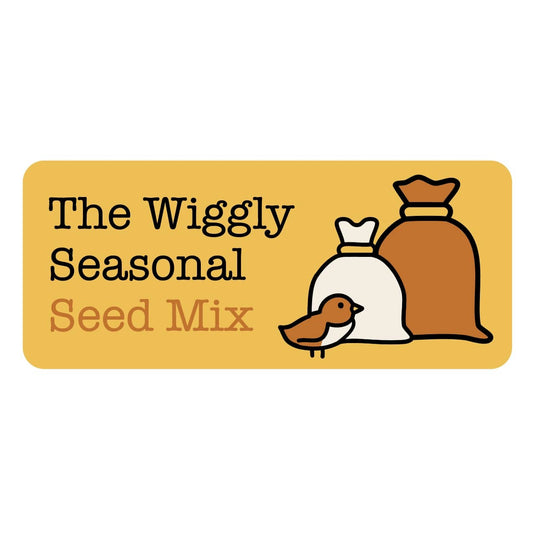
🍂 Introducing Our Seasonal Mix for Autumn
As the nights draw in and natural food sources start to dwindle, garden birds need extra help preparing for the colder months ahead. That’s where our Wiggly Autumn Seasonal Mix comes...
🍂 Introducing Our Seasonal Mix for Autumn
As the nights draw in and natural food sources start to dwindle, garden birds need extra help preparing for the colder months ahead. That’s where our Wiggly Autumn Seasonal Mix comes...
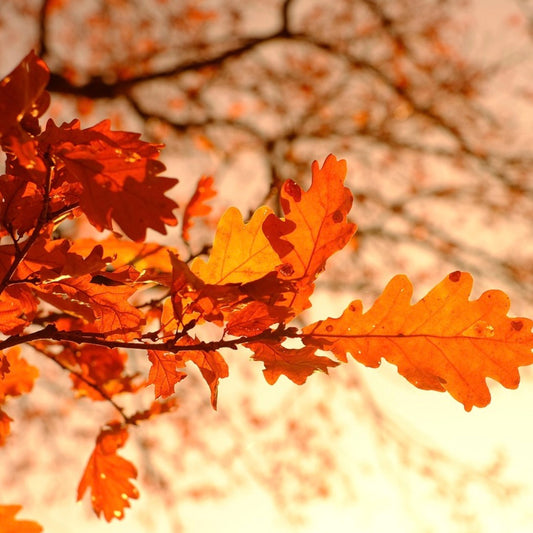
September in the Garden: Rolling Out the Red Ca...
As September rolls in, there's a quiet shift in the garden. Most of our summer guests — the swallows, warblers, and other globe-trotting songbirds — have packed their tiny bags...
September in the Garden: Rolling Out the Red Ca...
As September rolls in, there's a quiet shift in the garden. Most of our summer guests — the swallows, warblers, and other globe-trotting songbirds — have packed their tiny bags...
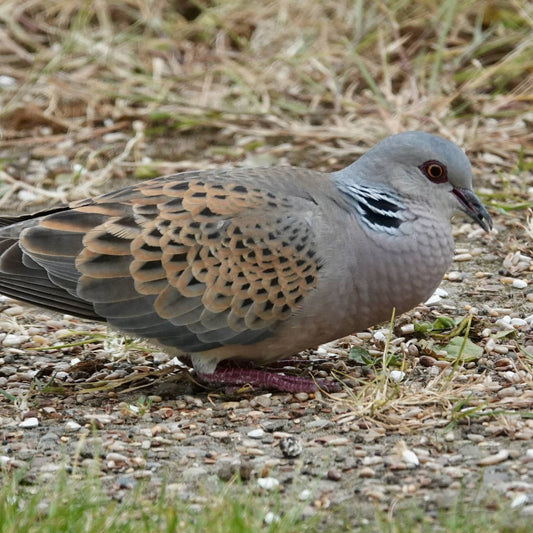
Turtle Dove Mix – Feed the Love, Save the Song
Romance, Resilience, and Real Help for One of Britain’s Rarest Birds There’s a gentle magic in the soft “purring” coo of a Turtle Dove on a summer’s day. But these...
Turtle Dove Mix – Feed the Love, Save the Song
Romance, Resilience, and Real Help for One of Britain’s Rarest Birds There’s a gentle magic in the soft “purring” coo of a Turtle Dove on a summer’s day. But these...
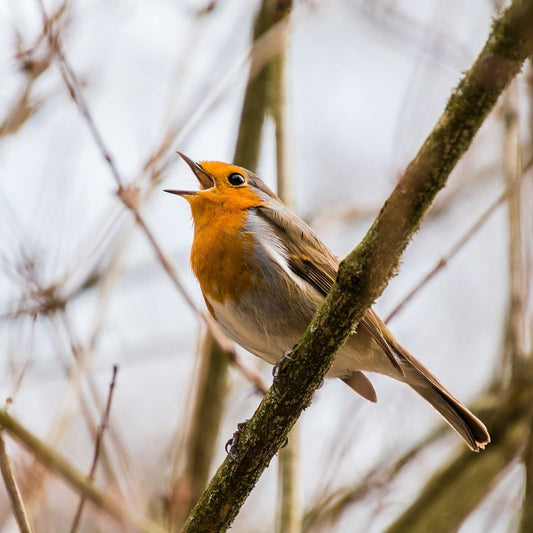
Feeding Softbill Birds: What Makes Them Special...
Softbill birds, like robins, blackbirds, thrushes, wrens, and wagtails, have delicate, slender beaks designed for munching on insects, fruit, and berries. Unlike hardbill birds (think finches and sparrows) that crack...
Feeding Softbill Birds: What Makes Them Special...
Softbill birds, like robins, blackbirds, thrushes, wrens, and wagtails, have delicate, slender beaks designed for munching on insects, fruit, and berries. Unlike hardbill birds (think finches and sparrows) that crack...
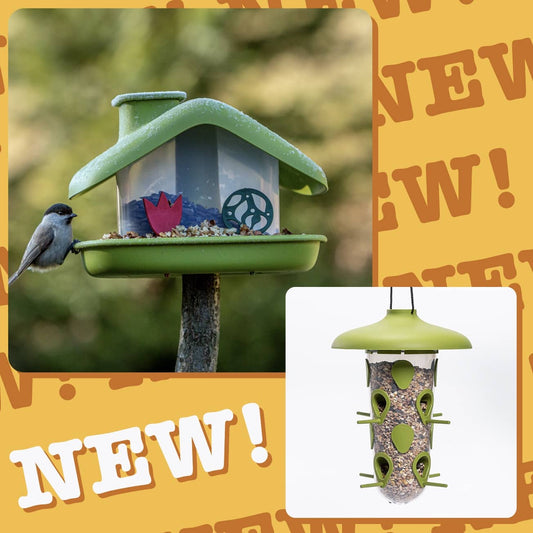
Two New Feather-Tastic Feeders Your Garden Bird...
There’s nothing quite like the cheerful chirp of garden birds to brighten your day — and now we’ve got just the thing to spoil your feathered friends! We’re thrilled to...
Two New Feather-Tastic Feeders Your Garden Bird...
There’s nothing quite like the cheerful chirp of garden birds to brighten your day — and now we’ve got just the thing to spoil your feathered friends! We’re thrilled to...

